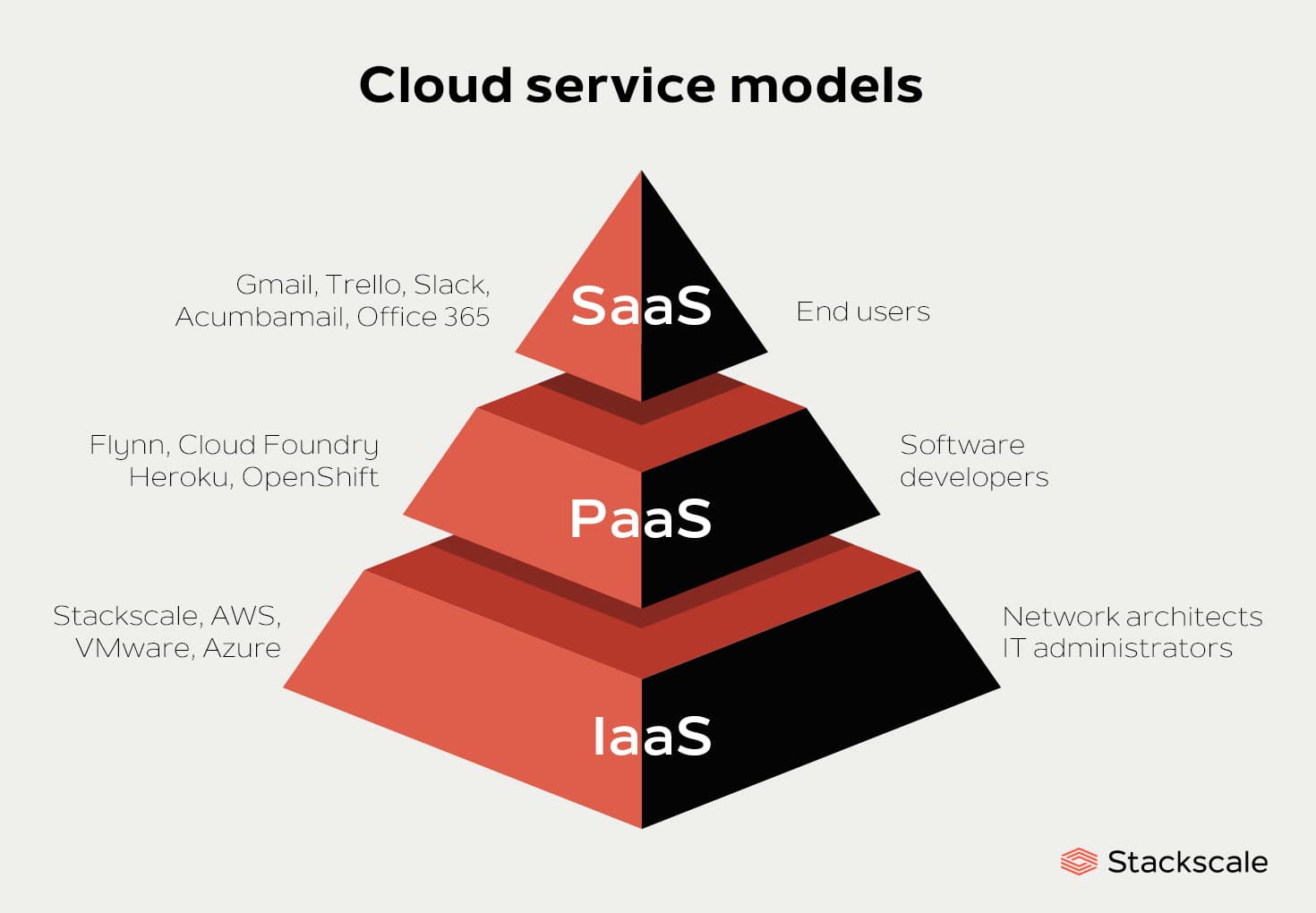LinkDaddy Cloud Services Press Release: Announcing New Features and Enhancements
LinkDaddy Cloud Services Press Release: Announcing New Features and Enhancements
Blog Article
Achieve Seamless Scalability With Cloud Solutions
In the ever-evolving landscape of cloud solutions, achieving smooth scalability stands as a cornerstone for modern-day services looking for to remain affordable and versatile. The pursuit for seamless scalability with cloud solutions reveals a world of opportunities for those prepared to welcome the transformative power of vibrant resource monitoring.
Advantages of Cloud Scalability
Cloud scalability offers companies the flexibility to dynamically readjust sources based on demand, ensuring ideal efficiency and price effectiveness. One essential advantage is the capacity to range sources up or down quickly in feedback to varying work. This agility allows organizations to meet transforming customer needs without over-provisioning resources, eventually leading to set you back financial savings. Scalability additionally boosts efficiency by guaranteeing that systems can take care of increased traffic or workload without experiencing downtime or stagnations. By successfully allocating resources, organizations can keep high levels of efficiency throughout peak times without unneeded costs throughout quieter durations. In addition, cloud scalability advertises innovation and trial and error by permitting businesses to easily test originalities and scale them as needed. This adaptability encourages a society of continual improvement and adaptation, enabling organizations to remain affordable in a quickly progressing market landscape. Eventually, the benefits of cloud scalability expand past price financial savings to include better efficiency, agility, and development.
Secret Features for Scaling
Effective scaling in cloud solutions depends on essential features that make it possible for organizations to change sources dynamically based upon demand. One vital function for scaling is flexibility, enabling sources to scale up or down in action to rising and fall workloads. This guarantees that organizations can meet performance requirements without over-provisioning resources. One more key attribute is scalability, making it possible for systems to deal with raised work by adding sources perfectly. This attribute is critical for accommodating growth without compromising efficiency. In addition, automation plays an important role in scaling by automating the provisioning and de-provisioning of sources based upon predefined policies. Automation lowers human intervention, boosts effectiveness, and makes certain fast feedback to altering needs. Monitoring and analytics tools are likewise essential for scaling, supplying understandings right into resource utilization, performance metrics, and prospective bottlenecks. These tools make it possible for companies to make enlightened choices and optimize source allowance for reliable scaling. Overall, these essential functions jointly empower companies to accomplish seamless scalability in cloud services.
Applying Auto-Scaling Approaches
To properly maximize source allowance and adapt to varying work, companies need to tactically execute auto-scaling methods in their cloud solutions facilities. Auto-scaling allows systems to instantly adjust the number of calculate resources based upon real-time demand. There are various auto-scaling strategies that organizations can use, such as anticipating scaling, which utilizes historical information to forecast future source demands, and responsive scaling, which reacts to existing workload changes.

Best Practices for Scalability
For companies aiming to improve their scalability in cloud services, executing best techniques is important for ideal performance and resource management. One trick ideal technique is making applications with a microservices architecture. This approach breaks down applications right into smaller, independent solutions that can be released, upgraded, and scaled separately, enabling better versatility and scalability.
An additional crucial practice is making use of containerization innovation, such as Docker or Kubernetes. Containers allow the packaging of applications and their dependencies right into separated devices, making it easier to scale parts independently and release them regularly throughout different settings.
Furthermore, executing automated release and framework as code (IaC) can enhance scalability initiatives (linkdaddy cloud services). Automation tools like Terraform or Ansible aid in provisioning and taking care of sources efficiently, reducing manual errors and allowing rapid scalability
Additionally, keeping an eye on performance metrics, establishing up alerts, and carrying out pop over to these guys normal capability preparation are important methods to guarantee proactive scalability administration. By adhering to these ideal techniques, companies can attain smooth scalability in their cloud services while optimizing performance and source application.
Monitoring Performance Metrics
When assessing the effectiveness of cloud services scalability, carefully checking efficiency metrics is essential for making sure ideal capability and source allowance. By continuously tracking key efficiency indications (KPIs) such as reaction times, source, throughput, and latency use, organizations can acquire important insights right into the wellness and performance of their cloud framework. Keeping track of efficiency metrics enables the very early detection of potential bottlenecks or issues that can affect scalability, allowing proactive actions to be required to address them before they escalate.

Verdict
In verdict, attaining smooth scalability with cloud solutions is important for organizations to optimize performance, boost technology, and keep high efficiency levels during peak times. By leveraging the advantages of cloud scalability, applying auto-scaling methods, using essential features such as elasticity and automation, and adhering to ideal methods like application design and efficiency surveillance, organizations can effectively scale their systems while making best use of source application and performance.
The pursuit for smooth scalability with cloud solutions reveals a globe of opportunities for those ready to embrace the transformative power of dynamic resource management.
Cloud scalability uses companies the flexibility to dynamically adjust resources based on need, ensuring optimum performance and price effectiveness. An additional crucial function is scalability, allowing systems to deal with enhanced work by including resources flawlessly.For companies aiming to improve their scalability in cloud solutions, implementing best methods over here is essential for optimum performance and source monitoring.When assessing the performance of cloud solutions he has a good point scalability, carefully keeping track of efficiency metrics is essential for making sure optimum performance and resource allowance.
Report this page